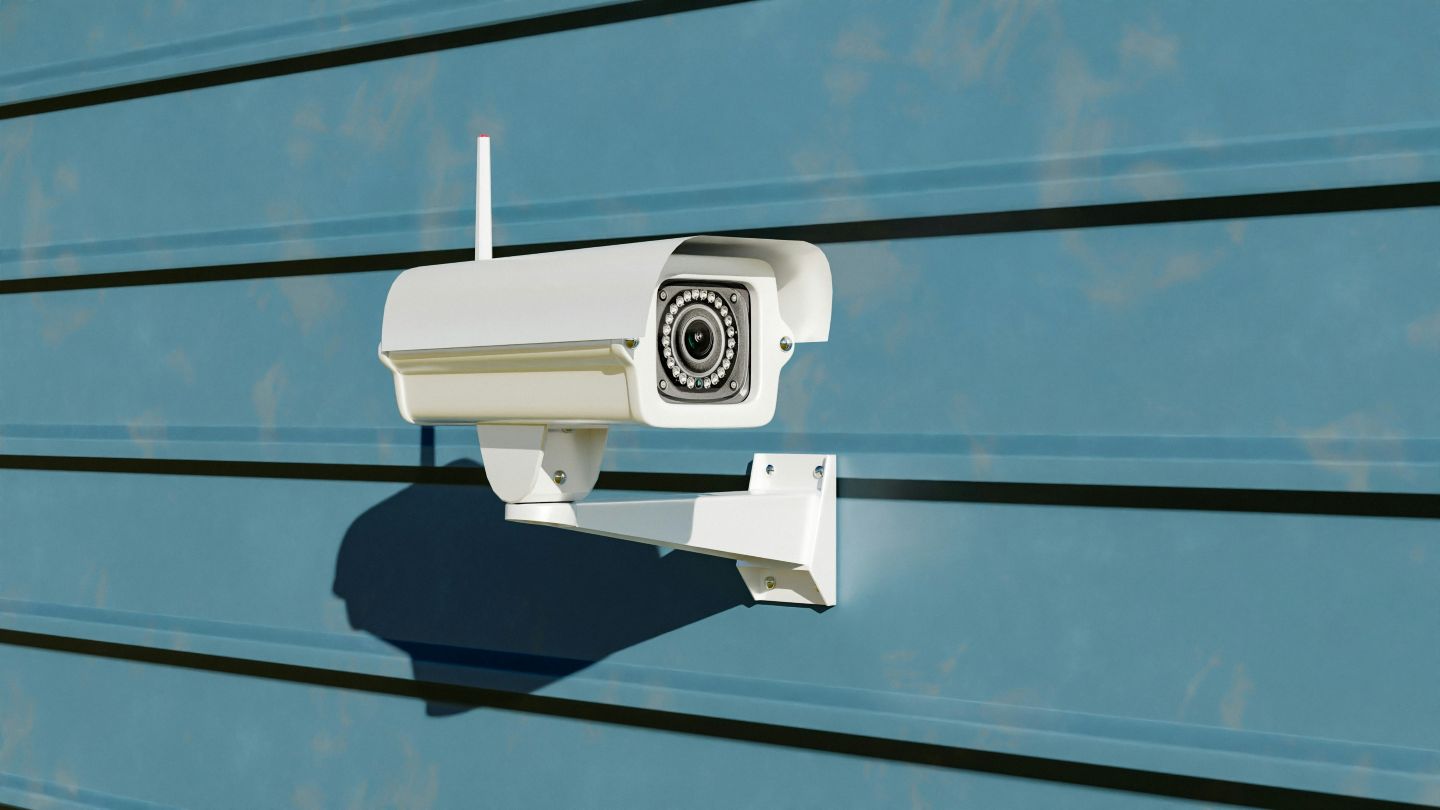Smart surveillance systems have had a notable impact on how businesses operate, offering improved levels of security, operational efficiency, and employee safety. As technology continues to advance, these systems have evolved from traditional CCTV setups to more sophisticated, AI-powered networks capable of real-time data analysis and offering actionable insights. The ability to monitor activities and analyze footage is essential for maintaining workplace integrity and competitiveness. Beyond basic monitoring, these modern systems can enable predictive analytics, detect unusual behaviors, and help streamline compliance with regulatory standards. This post explores the various ways these systems can improve workplace oversight, protect assets, and enhance business operations in today’s rapidly evolving, technology-driven environment.
Improved Security and Theft Prevention
One of the primary benefits of smart surveillance systems is their potential to enhance workplace security. They assist in addressing security breaches more efficiently when they arise. High-definition cameras with integrated analytics can help identify suspicious behavior, alerting security personnel before an incident has the chance to escalate. A 2021 survey indicated that a significant number of businesses reported a decrease in theft-related incidents after implementing smart surveillance systems.
Video analytics software continuously analyzes footage and detects unusual patterns or movements, potentially preventing theft or misconduct. If an employee is seen accessing a restricted area without authorization, alerts can be generated, enabling quick intervention. When integrated with existing security protocols, these systems can increase their effectiveness, helping businesses respond more quickly to security threats. Such proactive measures contribute to creating a safer working environment, which can play a role in boosting employee morale and productivity.
Integration with Cloud Technologies
The trend of integrating surveillance systems with cloud technologies has transformed workplace monitoring capabilities. Cloud-based systems provide a flexible solution for storing surveillance footage and enabling remote access to data. This flexibility makes it easier to retrieve critical information when needed, supporting quicker decision-making processes during emergencies.
One of the notable advantages of cloud storage is its cost-effectiveness, as companies can scale their operations without significant investment in physical storage infrastructure. Instant access to video feeds allows management to monitor operations in real time, no matter where they are. As digital solutions continue to grow in popularity, it is likely that the trend of cloud video adoption will continue, improving both the effectiveness and scalability of surveillance systems. Business leaders can harness the benefits of real-time data access to enhance operational management.
Streamlined Operations and Enhanced Productivity
Smart surveillance systems play an important role in improving operational efficiency. Real-time monitoring enables businesses to oversee day-to-day operations more effectively, identifying workflow bottlenecks or areas where resources might be misallocated. With detailed analytics, companies can evaluate employee performance, which may help in adjusting workload distribution and optimizing processes. This ability to analyze behavior and activity patterns supports more informed decision-making, which could help increase productivity.
The implementation of smart surveillance may reduce instances of time theft, where employees engage in non-work-related activities during work hours. Addressing this trend can help improve accountability among staff. Many organizations have reported an increase in output after integrating these systems, reflecting their role in fostering a more efficient workplace. Adopting a proactive approach to management and enhanced oversight could support long-term growth and create a more committed workforce.
Enhanced Employee Safety and Welfare
The safety and welfare of employees are paramount in any workplace setting, and smart surveillance systems can play a key role in promoting a secure work environment. These systems allow employers to monitor emergency exits, pathways, and critical work areas, helping to ensure that safety protocols are consistently followed. Automated alerts can notify managers if a safety hazard occurs, prompting timely corrective actions. This level of vigilance can potentially minimize workplace accidents.
Smart systems also monitor compliance with health and safety regulations, helping businesses adhere to industry standards. The integration of AI technologies may identify areas where additional safety measures or training could be beneficial, promoting a culture of safety. When employees feel secure in their environment, it can lead to improved job satisfaction and higher retention rates. Companies that prioritize safety are often perceived more positively by potential employees, enhancing their reputation as desirable workplaces.
Data-Driven Insights and Analytics
The analytical capabilities of smart surveillance systems have opened the door to valuable, data-driven insights that can assist in decision-making within modern businesses. With advanced analytics tools, organizations can assess employee efficiency, gain deeper insights into customer behavior, and improve service delivery standards. The vast amounts of data generated from continuous surveillance feeds can highlight emerging trends and patterns, revealing important insights into how resources and personnel are utilized within the workplace.
These insights can help management identify specific training needs or pinpoint areas for improvement, enabling more targeted and effective interventions. By better understanding behavior patterns and operational flows, companies can tailor their approach to management, employee engagement, and customer service with greater precision and flexibility. Organizations that leverage these data-driven insights can improve customer relations, optimize resource allocation, and maintain a competitive edge in their respective sectors. As a result, smart surveillance systems can become essential tools for driving continuous improvement and fostering a culture of accountability and excellence throughout the business.
Challenges and Ethical Considerations
Although the benefits of smart surveillance systems are significant, they also come with challenges that businesses need to address. Privacy concerns related to employee monitoring have become a pressing issue. Striking a balance between maintaining security and respecting employee privacy is essential. Organizations must clearly communicate with staff about surveillance practices and data collection methods in order to maintain trust.
Businesses should implement strong data protection measures to safeguard sensitive footage and personal information. As regulations surrounding data protection become more stringent, ensuring compliance is vital. Companies need to be diligent about how they manage stored data, ensuring it is used appropriately while minimizing risks related to potential breaches. Addressing these ethical considerations is essential for integrating surveillance systems in a way that preserves a positive workplace culture.

Smart surveillance systems have transformed workplace oversight, improving security, productivity, safety, and compliance in a variety of ways. Their integration with cloud technologies further amplifies their potential, providing businesses with real-time monitoring, data analytics, and remote access to critical information. By adopting these advanced surveillance tools, organizations can foster a culture of accountability, transparency, and safety. This proactive approach can support sustainable growth, resilience, and adaptability in an increasingly complex and competitive business landscape, ultimately helping companies thrive in the long run.

















